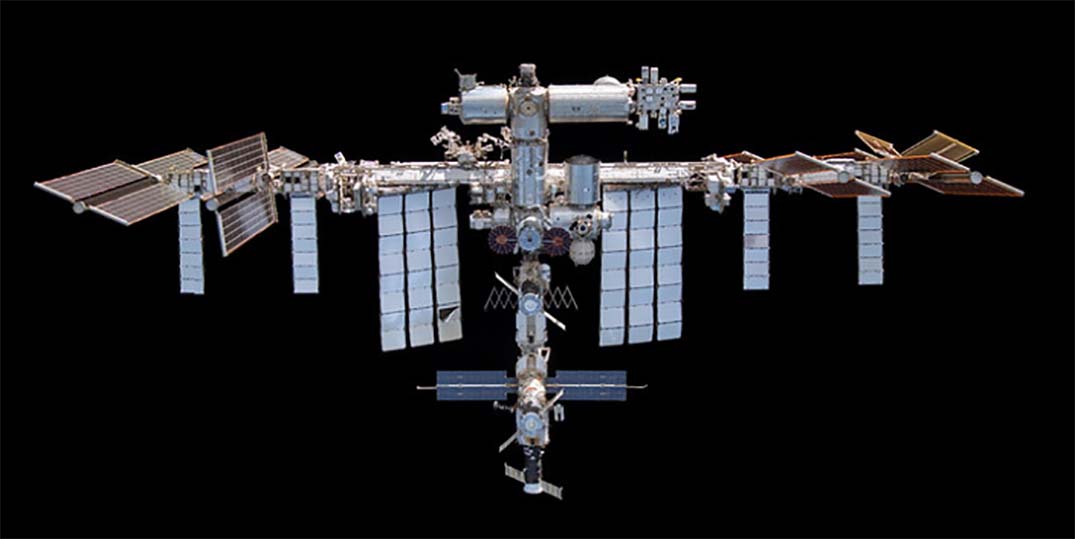SpaceX has been selected to develop and deliver the US deorbit vehicle that will provide the capability to deorbit the space station and ensure avoidance of risk to populated areas.
“Selecting a US Deorbit Vehicle for the International Space Station will help NASA and its international partners ensure a safe and responsible transition in low Earth orbit at the end of station operations,” says Ken Bowersox, associate administrator for Space Operations Mission Directorate at NASA Headquarters in Washington.
“This decision also supports NASA’s plans for future commercial destinations and allows for the continued use of space near Earth.
“The orbital laboratory remains a blueprint for science, exploration, and partnerships in space for the benefit of all,” he adds.
While the company will develop the deorbit spacecraft, NASA will take ownership after development and operate it throughout its mission. Along with the space station, it is expected to destructively breakup as part of the re-entry process.
Since 1998, five space agencies, CSA (Canadian Space Agency), ESA (European Space Agency), JAXA (Japan Aerospace Exploration Agency), NASA (National Aeronautics and Space Administration) and State Space Corporation Roscosmos, have operated the International Space Station, with each agency responsible for managing and controlling the hardware it provides. The station was designed to be interdependent and relies on contributions from across the partnership to function.
The US, Japan, Canada, and the participating countries of ESA have committed to operating the station through 2030. Russia has committed to continued station operations through at least 2028.
The safe deorbit of the International Space Station is the responsibility of all five space agencies.
The single-award contract has a total potential value of $843-million. The launch service for the US Deorbit Vehicle will be a future procurement.
In its 24th year of continuously crewed operations, the space station is a unique scientific platform where crew members conduct experiments across multiple disciplines of research, including Earth and space science, biology, human physiology, physical sciences, and technology demonstrations not possible on Earth.
Crews living aboard station are the hands of thousands of researchers on the ground having conducted more than 3 300 experiments in microgravity.
The ISS is the cornerstone of space commerce, from commercial crew and cargo partnerships to commercial research and national lab research, and lessons learned aboard International Space Station are helping to pass the torch to future commercial stations.
Featured picture: This mosaic depicts the International Space Station pictured from the SpaceX Crew Dragon Endeavour during a fly around of the orbiting lab that took place following its undocking from the Harmony module’s space-facing port on Nov. 8, 2021.

